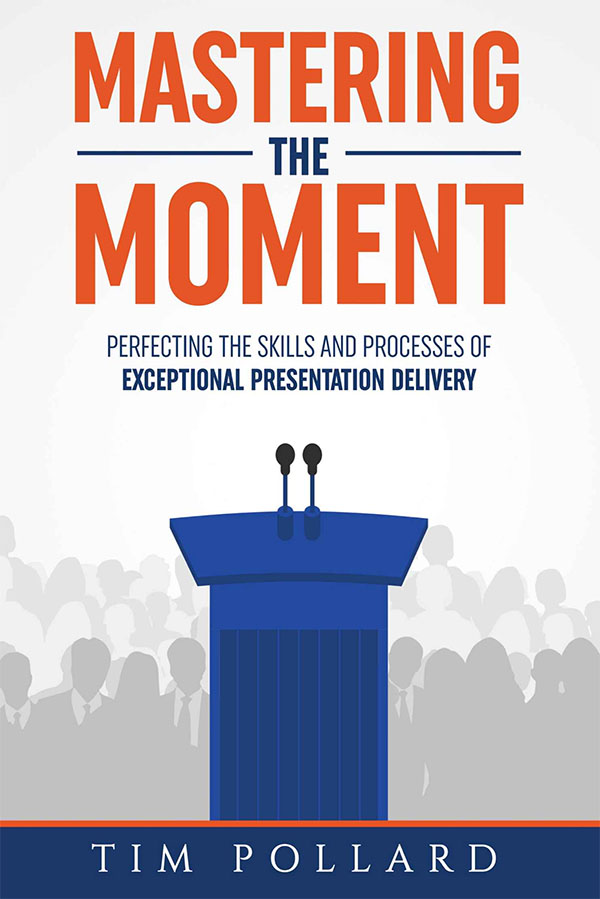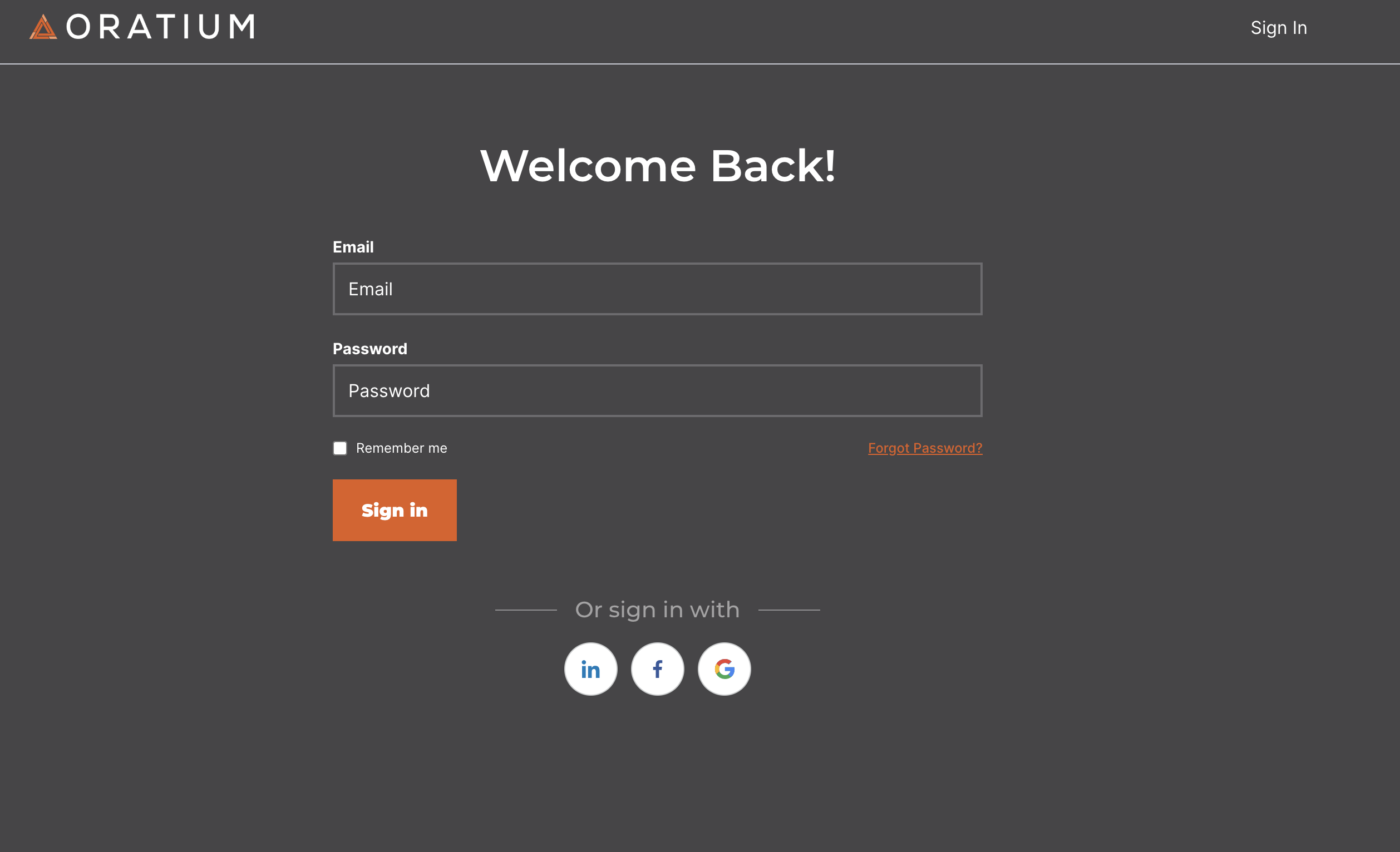As I write, it’s January 2nd, and I have a shipping box full of Christmas presents sitting in my living room in Washington, D.C. They are not mine. They are for my nieces and nephews in Oregon. I spent a lot of time getting them right – the perfect gift for each person, lovingly wrapped. So why are these gifts still sitting unopened at my house?
All of my hard work and effort to get the gifts right will not matter, and the impact will be lost on my “audience” – because Christmas came and went, the ball dropped on New Year’s Eve, and I dropped the ball on delivery.
I can blame my rushed travels, holiday parties, or whatever distractions I want. But the bottom line is I just didn’t make the time to get them shipped out.
What is the point of my story?
Communications are exactly the same. You can get your content exactly right, but if you fail to deliver it the way you need to, it will not get you the end result you are hoping for.
Yes, Your Content is Still Most Important…
There are people out there who see that the content of the message is critical, who understand (either by working with us at Oratium, or learning from experience, or by possessing some rare natural instinct) that if you do not get the architecture of your communication right, there is no way you will succeed in driving the action you’re hoping for.
You know what I mean here – if you think back to communications that have changed your mind in the past, that have made you take an action, you never say “it’s because that person looked me in the eye, or had great body language.” Rather, it is because that message was structured to drive you to a moment where you said “Huh! I never thought of it that way, but that makes a lot of sense.”
These people see how important it is to spend time understanding what the audience needs to hear, finding the right facts, data and visuals to support their points, and turning the whole thing into a good story that flows well.
But the sad reality is that even with all that prep, some of these great “message architects” fail to put in the last important step – which is to find the time to rehearse, to make sure that what they have designed is exactly what they deliver.
A Tragic Missed Opportunity
I was at a conference a couple weeks ago where the first few bulleted PowerPoint presentations almost put me to sleep. But I was happily revived when a new presenter came up and his first slide was a picture of a pineapple. I sat up – “where is he going with this?” And he proceeded to explain what the pineapple was about – and then used that to take us into the rest of his talk.
It was a good start. But sadly he stumbled numerous times in his delivery. He had to go back more than once and make a point he had forgotten to make earlier. He clearly lost his thread occasionally, trying to figure out what he was going to say next – and even seemed surprised by some of his own slides at times. Everyone walked away from his talk so distracted by his fumbled delivery that no one noticed he actually had some pretty great content in his message.
And that was the truly sad part. I could tell from his supporting information, stories, and visuals that he had thought through this presentation extensively – that he had put in a lot of time and effort getting the content right. But I could also tell that he had probably not gone through the whole thing, start to finish, out loud, even once. He had not rehearsed.
If he had, he would have spotted the places where his ideas did not flow well. He would have practiced integrating his slides with his narrative comments, and he would have been able to navigate his way through his talk in a way that his audience would have gotten so much more out of it.
Most presenters put off finding time to rehearse – they don’t realize how different the material sounds in their head, versus how it sounds coming out of their mouth. And they’re unaware of the value of going though it out loud at least a few times before getting in front of the audience.
3 Steps to Ensure Solid Delivery
But the fix is simple. For most communications, you can see a huge increase in the impact you have on your audience by walking through these 3 steps beforehand:
1. More often than not, just a few out loud run-throughs will get you where you need to be. You don’t have to rehearse over and over and over.
2. Once you have a few run-throughs, go back, and just do the opening (the first couple minutes) a few more times. You want that to be smooth and flawless, because that’s when you’re most nervous and when the audience judges you most critically.
3. Finally, do a couple more runs where you skip the supporting details, data, stories, and examples, and you just state the main points, with a sentence between each of them that ties them together. Your big ideas, and these transitions between them, should be able to be stated in an “elevator pitch” that is no more than a couple minutes long. Do that elevator pitch 3-5 times.
If you do this, when you get up to share your message, make your pitch, or engage in that critical conversation, you will find you are much less nervous, better able to share your critical information with your audience, and much more likely to get the results you are looking for.
Now I just need to find a post office before Easter!




